English summary
Living culture – an inventory of intangible cultural heritage in Denmark
The inventory is part of the work with UNESCO's Convention for the Safeguarding of the Intangible Cultural Heritage. The countries that have joined the convention create one or more inventories of living, intangible cultural heritage in their own country.
According to the convention, the inventory is a tool to identify, describe and disseminate knowledge about different examples of intangible cultural heritage. The inventory is a living document with examples of intangible cultural heritage submitted by the communities of practitioners themselves. Every third year contributors are encouraged to update their contribution.
If you wish to submit an example of intangible cultural heritage in another language than Danish, please contact The Danish Folklore Archives at The Royal Danish Library.
Communities applying for the international lists must first be able to show that the proposed element is included in a national inventory.
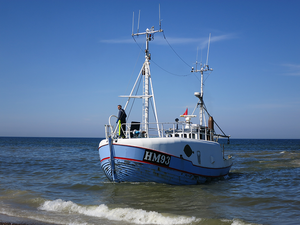
The clinker boat
The contribution is submitted by representives of the Danish Viking Ship Museum, Han Herred Sea Boat Association and the Wooden Ship Association
"The clinker boat is a particular Nordic boat type, which during the last 2000 years has had great impact on shaping Denmark as a seafarers’ nation. The boat has varied in shape and size. Depending on the purpose and use as well as for whom it was built and the materials available."
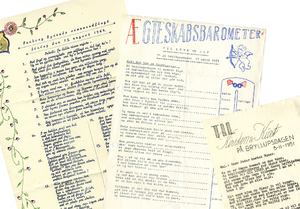
Occasional song
The contribution is submitted by film producer and author Ebbe Preisler
"The typical occasional song is a sing-along written for a specific event and is based on a well-known tune. In Denmark, the phenomenon dates back to the 17th Century. The genre also contains examples of songs written for a specific event on a newly composed tune and sung by a choir or a single person."
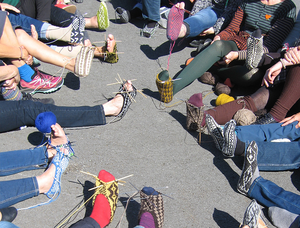
Knitting
The contribution is submitted by Agnete Rasmussen, a representative of the knitting association, Gavstrik
"People have always knitted and will probably continue to do so. However, if the tradition is to maintain its popularity, the craft needs safeguarding through visibility and educational efforts."
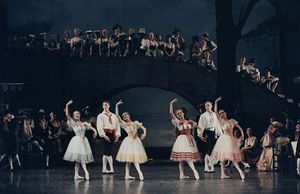
The Bournonville ballet tradition
The contribution is submitted by representatives of Royal Danish Theatre
"The ballet school of the ballet master August Bournonville has been passed on from generation to generation for almost two centuries. The steps and the repertoire represent a particular way of dancing, mimic gestures and aesthetics."
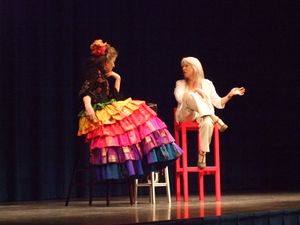
Story telling
The contribution is submitted by storytellers Vigga Bro and Lise Marie Nedergaard
"The theatre, the novel and the folk song are rooted in the art of telling stories. From the outset of a basic storyline the storyteller creates the story through improvisation and engagement with the audience. Both professionals and amateurs tell stories."

Cycling
The contribution is submitted by Danish Cyclists' Federation
"Denmark is one of the countries in the world where most people bike around. Today most Danes learn to ride a bike before the age of 10 and about 50% of all Danes ride a bike several times a week. To many it is much more than just a means of transportation."
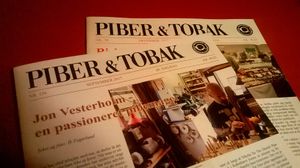
Pipe smoking
The contribution is submitted by Nordic Smoker's Guild
"Pipe smoking has been a living tradition in Denmark since the 17th Century. Internationally, Danish pipe makers are recognized for their skills."